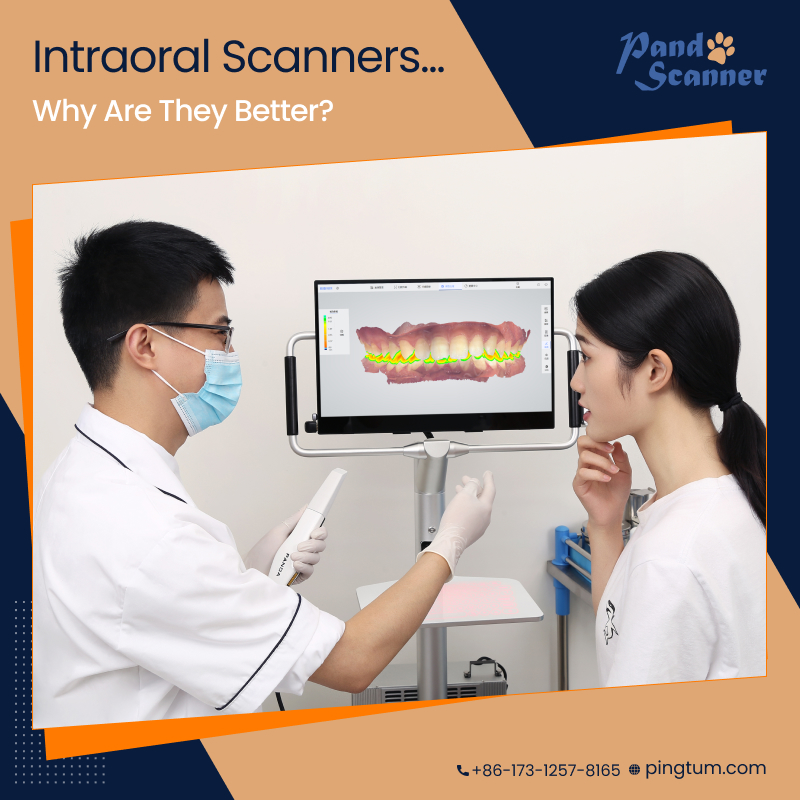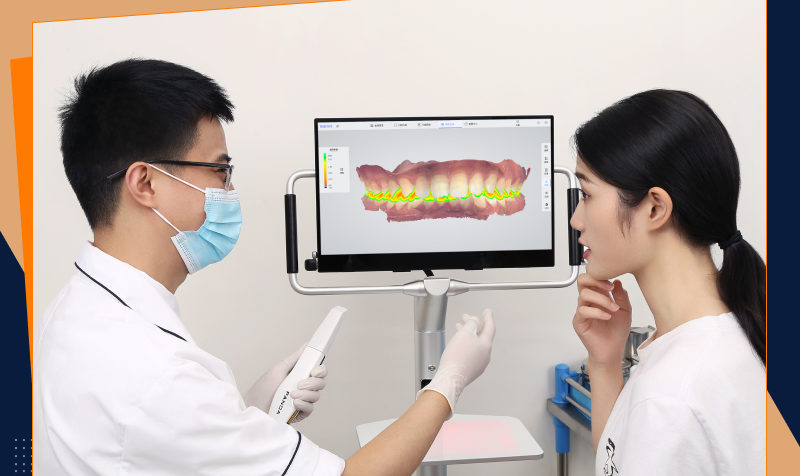Advancements in digital technology have reached each and every field across the world, and the same is the case for dentistry. With progress in the field of digital dentistry, the oral care experience has become much smoother for patients as well as dental professionals. The procedure for oral and dental care has become faster and more streamlined. Devices incorporating intraoral imaging technology like the China Intraoral Scanner have significantly benefited the process of oral care.

Digital Dentistry and Intraoral Scanners
An intraoral scanner is a device that creates digital impressions of your teeth and mouth palate using imaging sensors, as compared to the molds that are used traditionally. The scanner projects light into the buccal cavity before capturing images, which are then passed through a scanning software to get a scanned 3D model of the teeth and palate. Digital intraoral scanners have removed any need for messy impression materials like conventional plaster models and ceramic restorations using just hands, essentially making for a much more comfortable patient experience.
Imaging equipment such as the China intraoral scanner can provide a number of benefits to a dental clinic. Such scanners, when paired with computer-aided design and manufacturing (CAD/CAM) tool, can be used to make customized dental devices for patients to a high degree of comfort and accuracy. Digital analysis done by CAD software, followed up by CAM procedures to create perfectly fitted materials to be used for aligners, crowns, and other dental restoration materials have made life much easier for dental professionals.
The Benefits for Patients
- The high quality impressions taken by digital scanners means that restorations are very precise and with minimal faults, since no conventional means of impression taking are involved.
- The scanning process takes only 3-5 minutes to complete, meaning the chair time of patients is very little. There is no more need for multiple visits to the dentist’s clinic, and there is no more need to use messy PVC or other material. The doctor too gets more time to attend to more patients.
- Patients with a strong reflex, or those who are sometimes anxious or afraid of dental treatment, will find digital scanning to be a much more pleasant experience compared to traditional methods.
- Patients watching a 3D scan of their teeth and palette is transparent and much more reassuring as compared to the traditional process. In digital dentistry, patients can see the condition of their buccal cavity in real-time and understand the envisioned treatment results from the orthodontists. The lively 3D images help dentists to engage in communication with their patients and teach them better about good oral care.
- An intraoral scanner uses only lasers to scan the mouth, so there are no harmful radiations involved. The process is safe as it is quick.
Conclusion
Intraoral scanners are becoming more and more commonplace in digital dentistry across clinics from around the world. The diagnosis of oral diseases, orthodontics, teeth restoration work, prosthetics customization, and many other fields of dentistry uses digital scanning technology regularly now. This new technology has not only helped make dental care a much more enjoyable experience for patients but has made the dentists’ work simpler as well.






